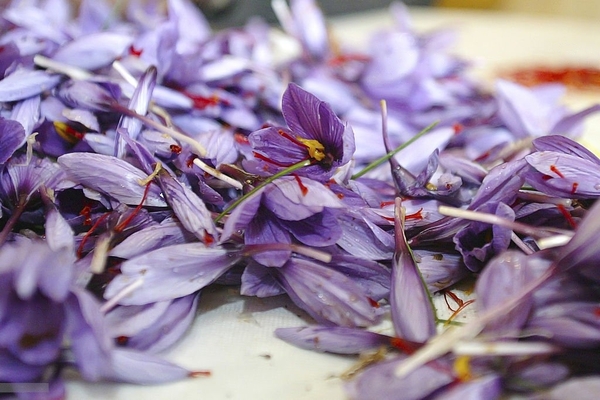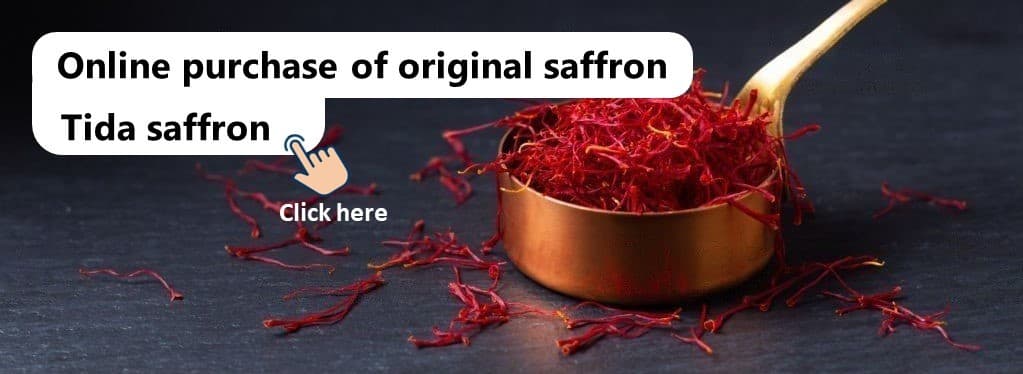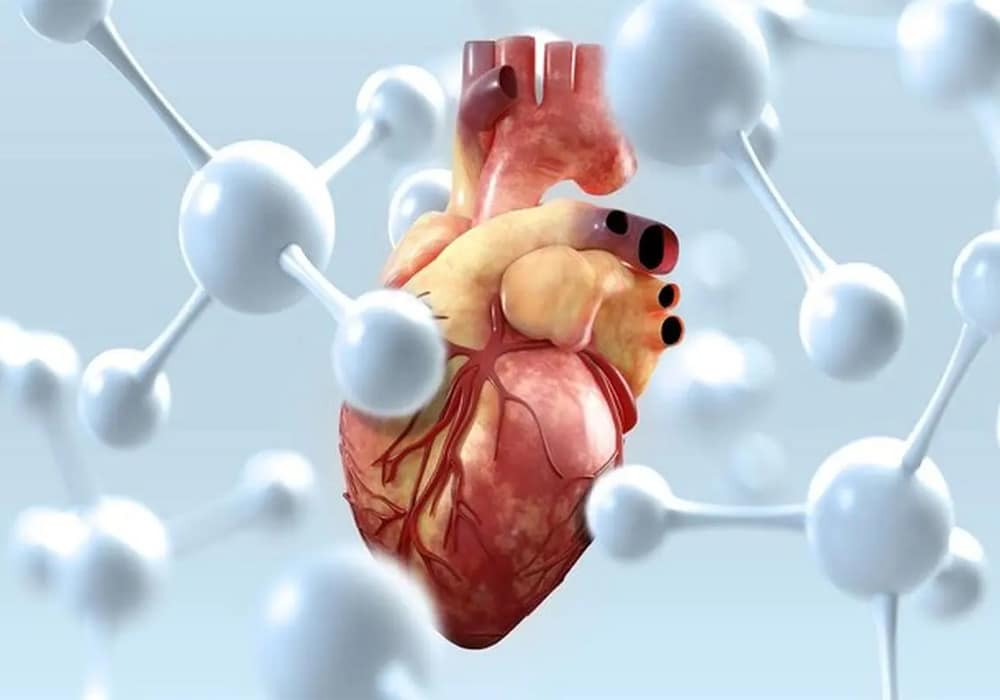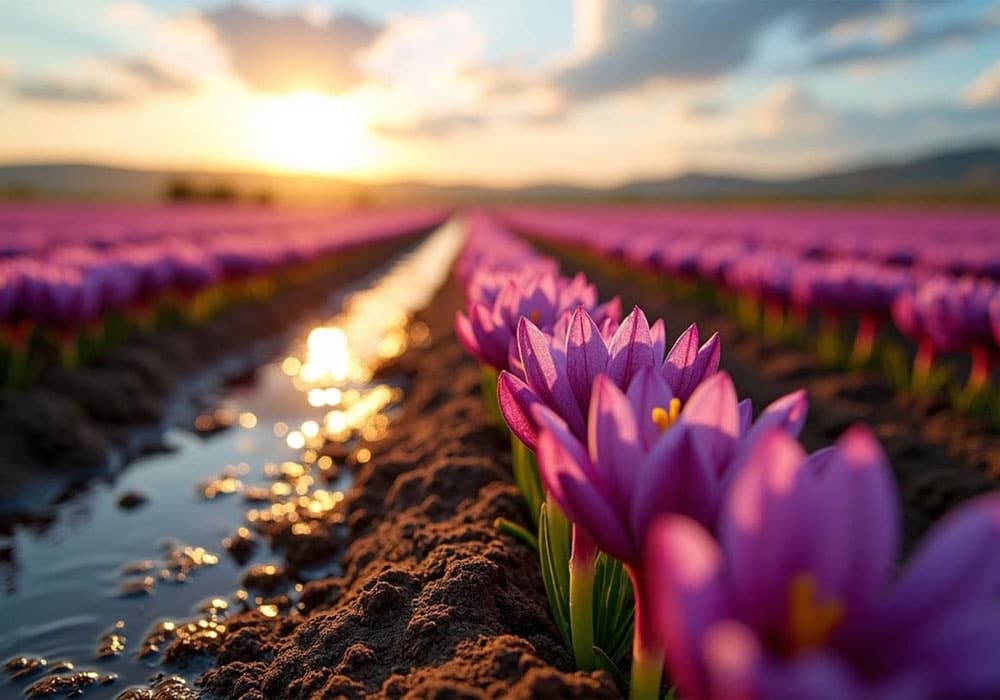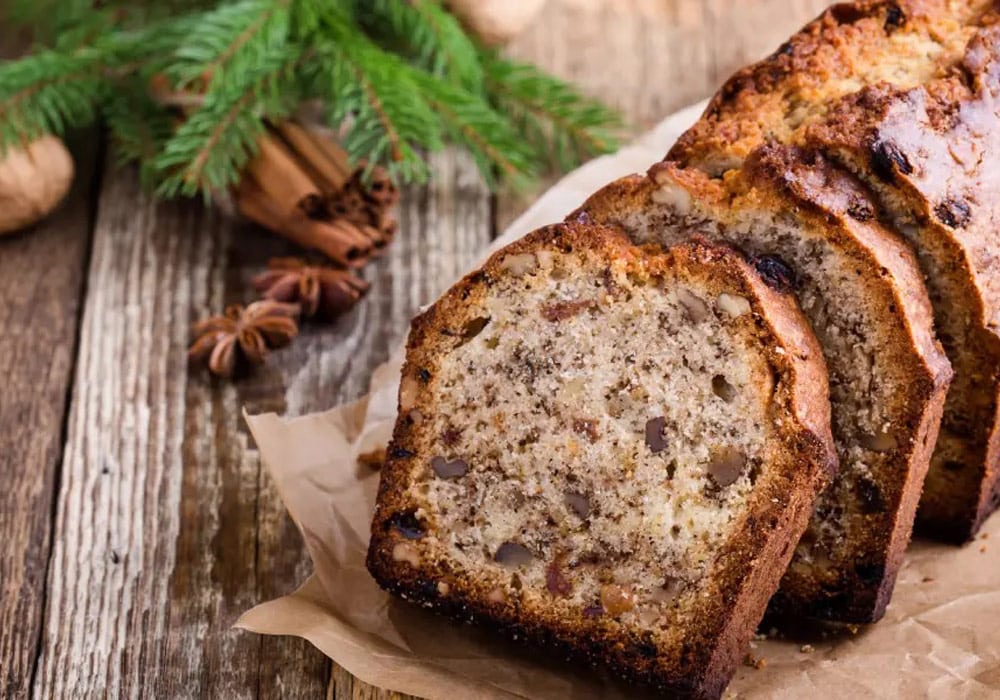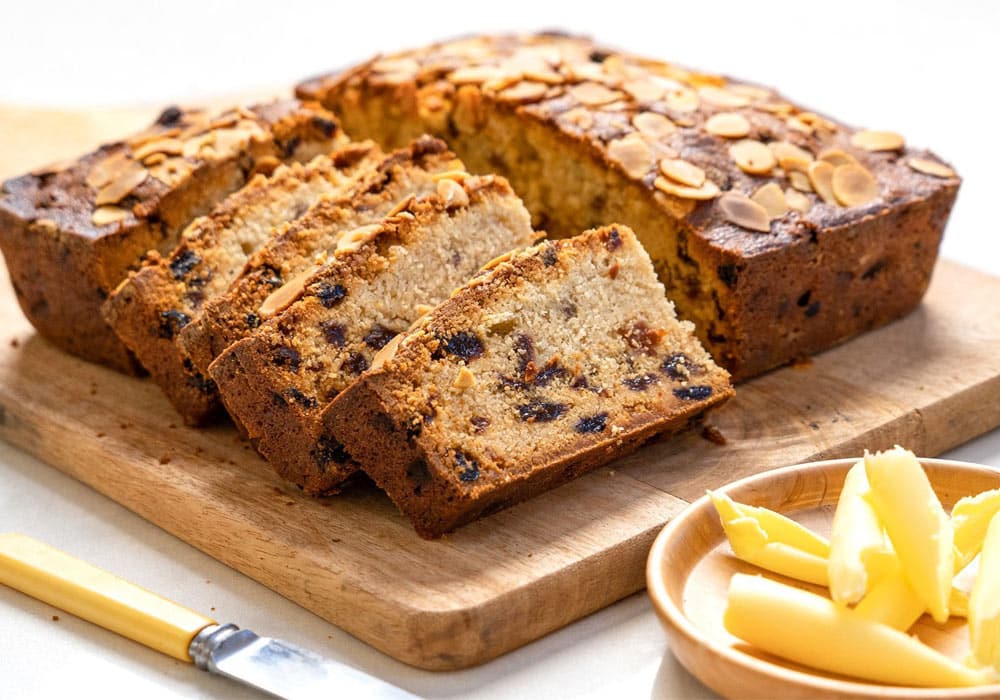Spain saffron
[lwptoc]
What is Spanish saffron?
Spanish saffron is a highly prized spice derived from the dried stigmas of the Crocus sativus flower, cultivated primarily in the La Mancha region of Spain. It’s renowned for its exceptional quality, distinct flavor, and vibrant color, making it a staple in Spanish cuisine and a sought-after ingredient worldwide.
Despite producing a small amount of saffron, Spain exports a large amount of it. In order to complete the equation, the import invoice must be entered. As a result, the import of saffron along with cultivation within Spain (a negligible amount) equals the huge volume of saffron exported from this country.
Spanish saffron imports account for 30% of the world’s saffron imports, according to global saffron import statistics. There is a big gap between this country and other countries like Italy and the UAE.
Spanish saffron cultivation centers are located in Castilla La Mancha, which is near the middle of the country. This province is almost entirely covered with saffron plantations. Saffron can be planted in this area because of its characteristics. There are a number of features that make it unique, starting with its mild Mediterranean climate. During the summers, the region is hot and dry, while during the winters, it is cold and snowy. The second characteristic is the soil of the region, which is not compact and sometimes sandy. The soil in this area is dry, but it can hold the moisture needed for plant growth. The Saffron flower is resistant to drought, but at a stage of its growth, irrigation is needed.
Export of saffron to Spain
Statistics obtained in 2016 and 2017 show that about 50% of saffron exports belong to Iran and about 30% belong to Spain.
The important point of this statistic is that the main and basic profit of saffron is related to its processing and retail sale. It seems that a large part of Iran’s export is wholesale and a large part of Spain’s export is retail. And this is how Spanish saffron is called the giant of saffron retailing.
The export and trade of saffron is a discussion that Spain has started for more than 100 years and has made a good investment in this field. In Iran, the life of this matter does not even reach 30 years, and it also happens with the wholesale system. The Spaniards strongly protect the market under their control, which is the size of 140 countries, and this issue complicates the issue of the expansion of Iran’s saffron trade.
Cultivation of Spanish saffron
According to the official statistics of the cultivated area and the amount of saffron production in the world, Iran is in the first place with something like 94% of the saffron cultivation in the world and with a weight of about 450 tons. Spain is in sixth place in this statistic with 0.6% and nearly 3 tons of saffron cultivation.
about Spanish saffron
Spain is one of the exporters of saffron in the world, but it is not the largest producer of saffron. Most of the saffron produced in Spain is planted and harvested in the La Mancha region, and Spanish saffron has several varieties.
Varieties of Spanish saffron
Coupe: Coupe is the best type of saffron harvested in Spain. All the roots of Koop saffron are red and compete with Iranian Sargol saffron in terms of quality.
La Mancha: La Mancha is the most expensive Spanish saffron. The reason for the high price of this saffron is due to the planting and harvesting of this saffron in the small area of La Mancha.
Rio: Rio saffron is grade 3 Spanish, which is not very good quality, and usually in this type of saffron, there are yellow saffron roots, which are caused by the heat that is given to the saffron to dry. Rio saffron is a good alternative to La Mancha and Coop.
Sierra: Sierra is the lowest quality known Spanish saffron, rarely red roots are found in this type of saffron.
Shop: Super Negin Saffron
History of Spanish saffron
Around the 8th and 9th centuries, the Arabs took saffron to the Iberian Peninsula. Even the word that the Spanish use for saffron is taken from its Arabic equivalent, which is proof of this. The Arabs also brought a culture of cooking with them to Spain. It was a culture that relied heavily on all kinds of spices and vegetables, and saffron was one of the main spices. At this time, the saffron trade was the monopoly of the Andalusian nobility of southern Spain, but over time, the central regions of Spain became the center of saffron production and cultivation. There are documents and texts that show that in the 18th century, La Mancha became one of the centers of saffron production.
Saffron farms are the source of income and wealth for La Mancha farmers. Especially in the past when the value of saffron and gold was almost the same
Although saffron is considered one of the small businesses of Spain, the effort of the Spanish to grow and produce a plant that was not native to this country, brought about an approach in the country that finally made Spain find a suitable place in the world’s saffron industry. Being a saffron worker in the past was a job that brought a lot of wealth, even today this job has a lot of dignity and respect. Until now, saffron has had an important cultural position in Spain and has been a part of many important meals, festivals, gifts, and social relations, and it will probably maintain this position for a long time to come.
Therefore, perhaps the important reason for the globalization and the fame of saffron in the name of Spain is this culturalization and its introduction to the world. This is despite the fact that planting and harvesting saffron in Iran has been done on a wider scale for years, but unfortunately, it has not been well introduced in the world!
Shop: Sargol Saffron
The price of saffron in Spain
Spanish buyers usually buy Iranian saffron in bulk. Because the cost of warm cargo is high and it is not affordable for Spanish buyers, also Spanish buyers buy Iranian saffron in bulk and then they re-enter the market with their own packaging.
The retail price of saffron and the wholesale price of saffron are different from each other. Since wholesale orders have high amounts, so the price of each
gram of saffron is lower than retail. The price of each kilogram of major saffron there is approximately 2000 to 3000 dollars.
Spain Saffron Production:
Saffron production in Spain is a meticulous and traditional process, primarily concentrated in the La Mancha region. Here’s a glimpse into how this “red gold” is cultivated and harvested:
- Cultivation:
- Planting: Saffron crocus bulbs (Crocus sativus) are planted in late summer or early autumn in well-drained soil.
- Climate: The unique climate of La Mancha, with its hot, dry summers and cold winters, is ideal for growing saffron.
- Fields: Saffron fields are typically small and family-run, often passed down through generations.
- Harvesting:
- Timing: The saffron harvest takes place in late October and early November, when the flowers are in bloom.
- Picking: Flowers are carefully hand-picked in the early morning, before the sun gets too strong, to preserve the quality of the stigmas.
- Quantity: It takes approximately 150,000 flowers to produce just 1 kilogram of saffron.
- Processing:
- Extraction: Once the flowers are harvested, the stigmas (the red part) are carefully separated from the rest of the flower. This is a delicate and labor-intensive process, traditionally done by hand.
- Drying: The stigmas are then dried, traditionally over a low heat, to reduce moisture and concentrate the flavor and aroma.
- Sorting: The dried stigmas are sorted and graded based on their color, size, and quality.
- Quality Control:
- PDO: La Mancha saffron has a Protected Designation of Origin (PDO) status, ensuring that it meets strict quality standards and is produced in the designated region.
- Certification: Look for the PDO seal when buying Spanish saffron to guarantee its authenticity and quality.
- Cultural Significance:
- Tradition: Saffron production is a deeply rooted tradition in La Mancha, with families passing down their knowledge and skills through generations.
- Festivals: The saffron harvest is often celebrated with local festivals and events.
If you’re interested in learning more, you can find many resources online, including videos and articles that show the process in detail. You can even visit La Mancha during the harvest season to see the saffron fields and learn from local producers.
Shop: Saffron Powder
What makes Spanish Saffron special?
Origin: The La Mancha region of Spain has a long history of saffron cultivation, with traditions and techniques passed down through generations. The region’s unique climate and soil conditions contribute to the saffron’s distinctive characteristics.
Quality: Spanish saffron, particularly that with the Protected Designation of Origin (PDO) seal from La Mancha, is known for its intense color, flavor, and aroma. This is due to the careful cultivation practices, meticulous harvesting, and traditional drying methods.
Flavor Profile: Spanish saffron has a complex and nuanced flavor profile. It’s often described as slightly sweet, earthy, and floral, with subtle hints of honey and a slightly bitter undertone.
Color: The vibrant red stigmas of Spanish saffron impart a rich golden hue to dishes, a key characteristic in traditional Spanish cuisine.
Uses: Spanish saffron is a key ingredient in many iconic Spanish dishes, most notably paella. It’s also used in other rice dishes, stews, soups, sauces, and even desserts.
How is Spanish saffron used?
Spanish saffron is a prized ingredient that adds a unique flavor, aroma, and vibrant color to a variety of dishes. Here’s how it’s typically used:
- Infusion:
- Steeping: The most common method is to steep saffron threads in hot (not boiling) water or broth for about 10-20 minutes. This releases the saffron’s color and flavor, creating a liquid infusion that can then be added to the dish.
- Grinding: Alternatively, you can grind the saffron threads into a fine powder and then steep it in hot liquid. This can intensify the flavor and color.
- Direct Addition:
- Early Stage: In some dishes, like paella, saffron threads can be added directly to the cooking liquid early on. This allows the saffron to infuse the entire dish with its flavor and color.
- Toasting: Some recipes recommend lightly toasting the saffron threads in a dry pan or with a little oil before adding them to the dish. This can enhance their aroma.
- Flavor Pairing:
- Rice: Saffron is a classic pairing with rice, particularly in Spanish dishes like paella, Arroz a Banda, and Arroz con Pollo.
- Seafood: It complements the flavors of fish and shellfish, often used in seafood stews and sauces.
- Poultry: Saffron adds depth and complexity to chicken and other poultry dishes.
- Soups and stews: It can enhance the flavor and aroma of soups and stews, particularly those with Mediterranean influences.
- Quantity:
- Small Amount: Saffron is a potent spice, so a little goes a long way. Start with a small pinch (a few threads) and adjust to taste.
- Overpowering: Too much saffron can make a dish bitter, so it’s important to use it sparingly.
- Tips for Using Saffron:
- Quality: Use high-quality Spanish saffron for the best flavor and color. Look for the PDO seal for authentic La Mancha saffron.
- Storage: Store saffron in an airtight container in a cool, dark place to preserve its flavor and aroma.
- Experiment: Don’t be afraid to experiment with saffron in different dishes. It can add a unique touch to many recipes.
By using saffron correctly, you can elevate your dishes with its distinctive flavor, aroma, and vibrant color, bringing a taste of Spain to your cooking.
How to identify high-quality Spanish saffron:
- Color: Look for deep red stigmas with a small amount of yellow.
- Aroma: It should have a strong, distinctive fragrance.
- Flavor: High-quality saffron has a complex, slightly bitter taste.
- Certification: Check for a Protected Designation of Origin (PDO) seal, which guarantees the saffron’s origin and quality.
How to store Spanish saffron:
- Airtight Container:
Essential: Saffron should be stored in an airtight container to protect it from exposure to air, which can degrade its quality.
Material: Opt for a container made of dark glass, metal, or ceramic. Avoid plastic containers, as they may not seal as effectively and can interact with the saffron.
- Cool, Dark Place:
Light and Heat: Light and heat can break down the delicate compounds in saffron, reducing its flavor and color.
Location: Store the airtight container in a cool, dark place, such as a pantry or cupboard, away from direct sunlight and heat sources like ovens and stoves.1
- Moisture Control:
Dry Environment: Moisture is saffron’s enemy. It can cause the spice to spoil and lose its potency.
Desiccants: Consider placing a small food-safe desiccant packet (like silica gel) in the container with the saffron to absorb any residual moisture.
- Additional Tips:
Buy Small Quantities: Saffron’s quality deteriorates over time, even under the best storage conditions. Purchase saffron in small quantities that you can use within six months to a year to ensure you always have fresh saffron.
Label the Container: Write the date of purchase on the container to keep track of its age.
Avoid Strong Odors: Store saffron away from spices or foods with strong odors, as saffron can absorb these smells.
Handle with Care: Always use dry, clean utensils to remove saffron from the container to prevent contamination.
- Don’ts:
Don’t store saffron in the refrigerator: The humidity in the refrigerator can be high and may cause the saffron to spoil.
Don’t freeze saffron: Freezing can also damage the delicate structure of the saffron threads.
By following these storage tips, you can ensure that your Spanish saffron stays fresh and potent for as long as possible, allowing you to enjoy its unique flavor and aroma in your culinary creations.
Spanish saffron benefits:
Spanish saffron offers a range of health benefits due to its rich composition of antioxidants, vitamins, and bioactive compounds. Here are some of its key benefits:
- Powerful Antioxidant Properties
Saffron contains crocin, crocetin, and safranal, which help fight oxidative stress, reduce inflammation, and protect cells from damage.
- Boosts Mood & Helps with Depression
Studies show that saffron may act as a natural antidepressant, increasing serotonin levels and reducing symptoms of anxiety and mild depression.
- Enhances Brain Function & Memory
Saffron is known to improve cognitive function, memory, and focus, potentially helping in the prevention of Alzheimer’s and Parkinson’s disease.
- Supports Heart Health
The antioxidants in saffron help lower blood pressure, improve cholesterol levels, and support overall cardiovascular health.
- Aids in Weight Management
Saffron may help reduce cravings and suppress appetite, making it beneficial for weight loss and healthy eating habits.
- Improves Eye Health
The carotenoids in saffron support retinal function and may help slow down age-related macular degeneration (AMD).
- Helps with PMS & Menstrual Cramps
Saffron has been shown to reduce menstrual pain, mood swings, and PMS symptoms, making it a natural remedy for women’s health.
- Supports Digestive Health
Saffron has anti-inflammatory properties that can aid digestion, reduce bloating, and soothe stomach discomfort.
- Enhances Skin Glow & Beauty
Due to its anti-inflammatory and antibacterial properties, saffron is used in skincare for improving complexion, reducing acne, and promoting radiant skin
Spain saffron where to buy
Tidasaffron is a company that exports high-quality saffron, along with other spices and dried fruits, primarily from Iran. While they may not be based in Spain, they offer a variety of saffron types, including:
- Sargol: The tip of the stigma, known for its high coloring strength.
- Negin: The whole stigma, considered the highest quality.
- Pushal: The whole stigma with some attached style (yellow part).
- Bunch (Pich girl): The whole stigma with the style attached, tied in a bunch.
- Root (Konj): The white or yellow part of the stigma.
If you’re interested in purchasing saffron from Tida Saffron, you can visit their website at www.tidasaffron.com. They may also have distributors or retailers in your region. → buy high-quality dried fruit products
Please note that while Tida Saffron offers high-quality saffron, it’s important to consider that Spanish saffron, particularly from La Mancha, is renowned for its unique characteristics and flavor profile. If you’re specifically looking for Spanish saffron, you may want to explore other options.


